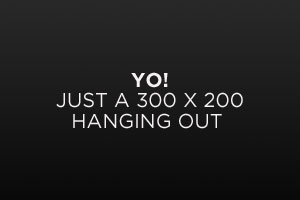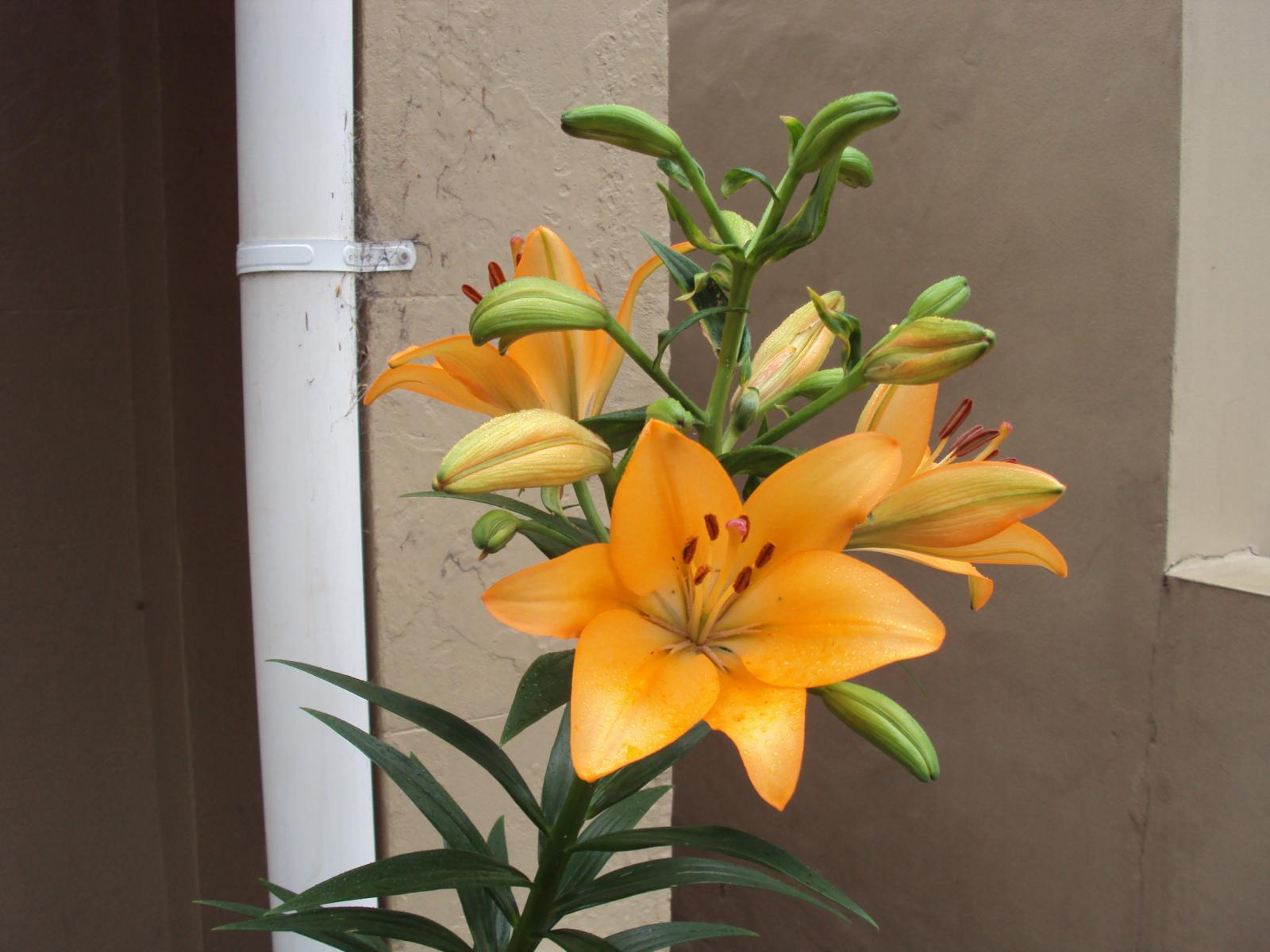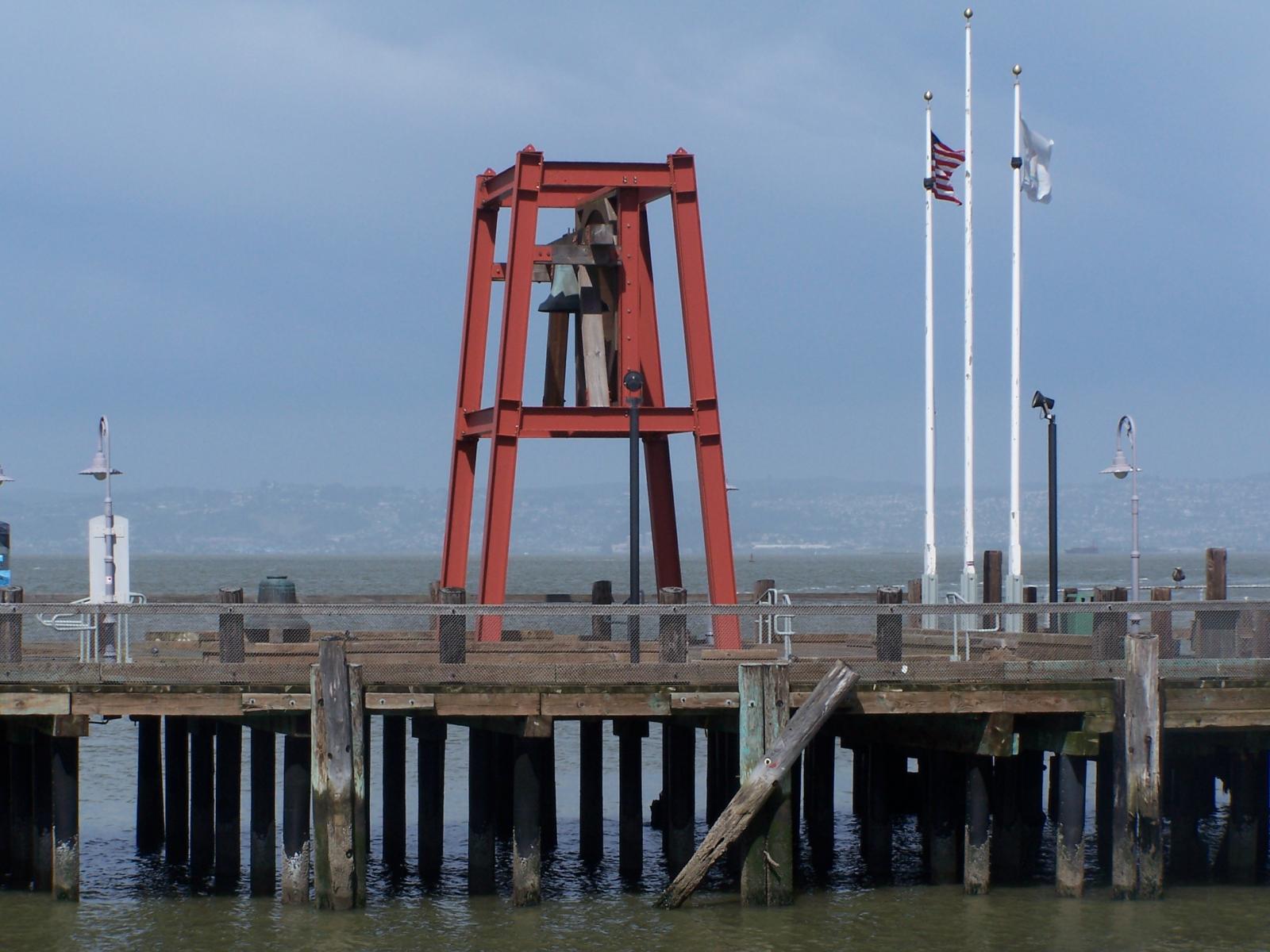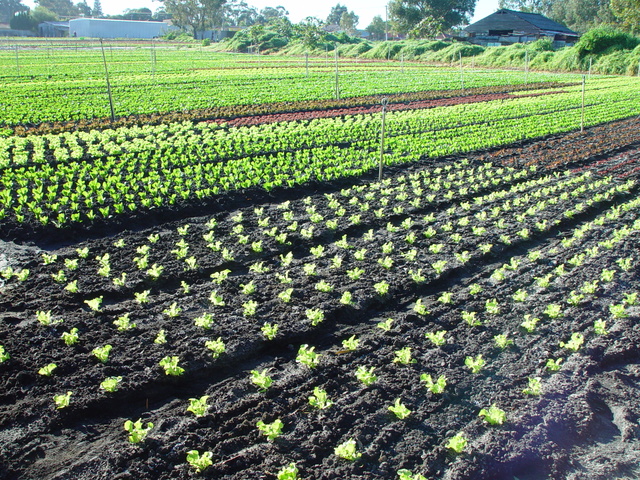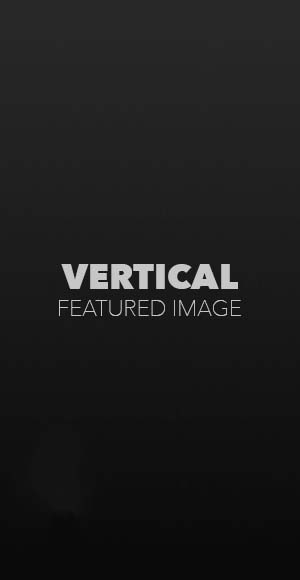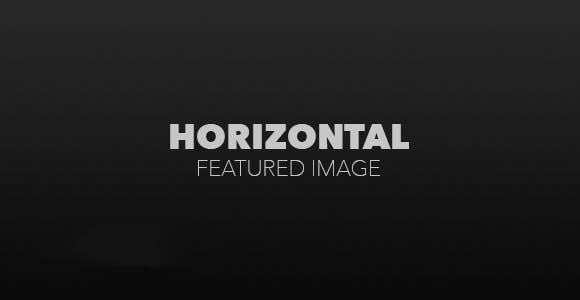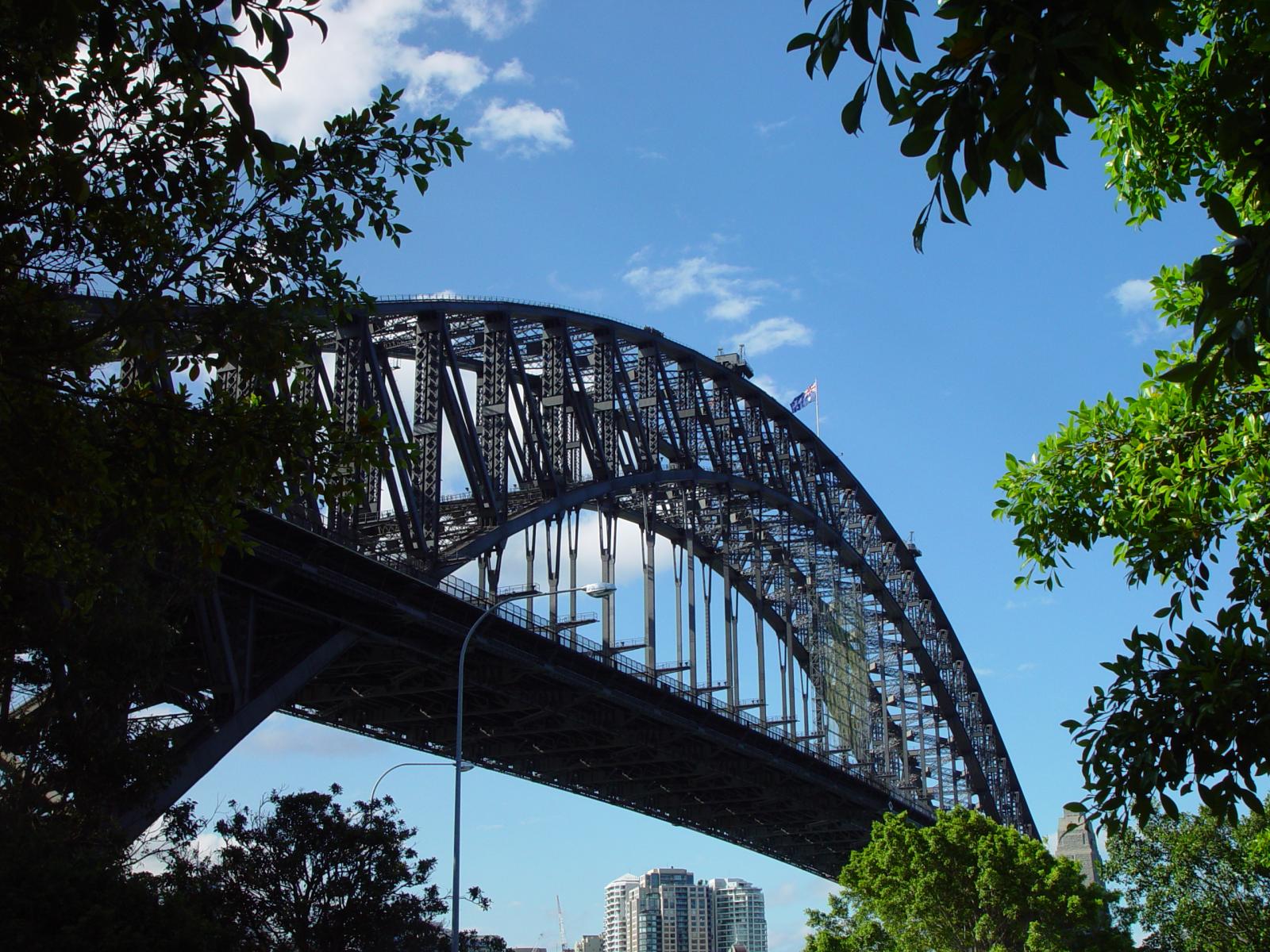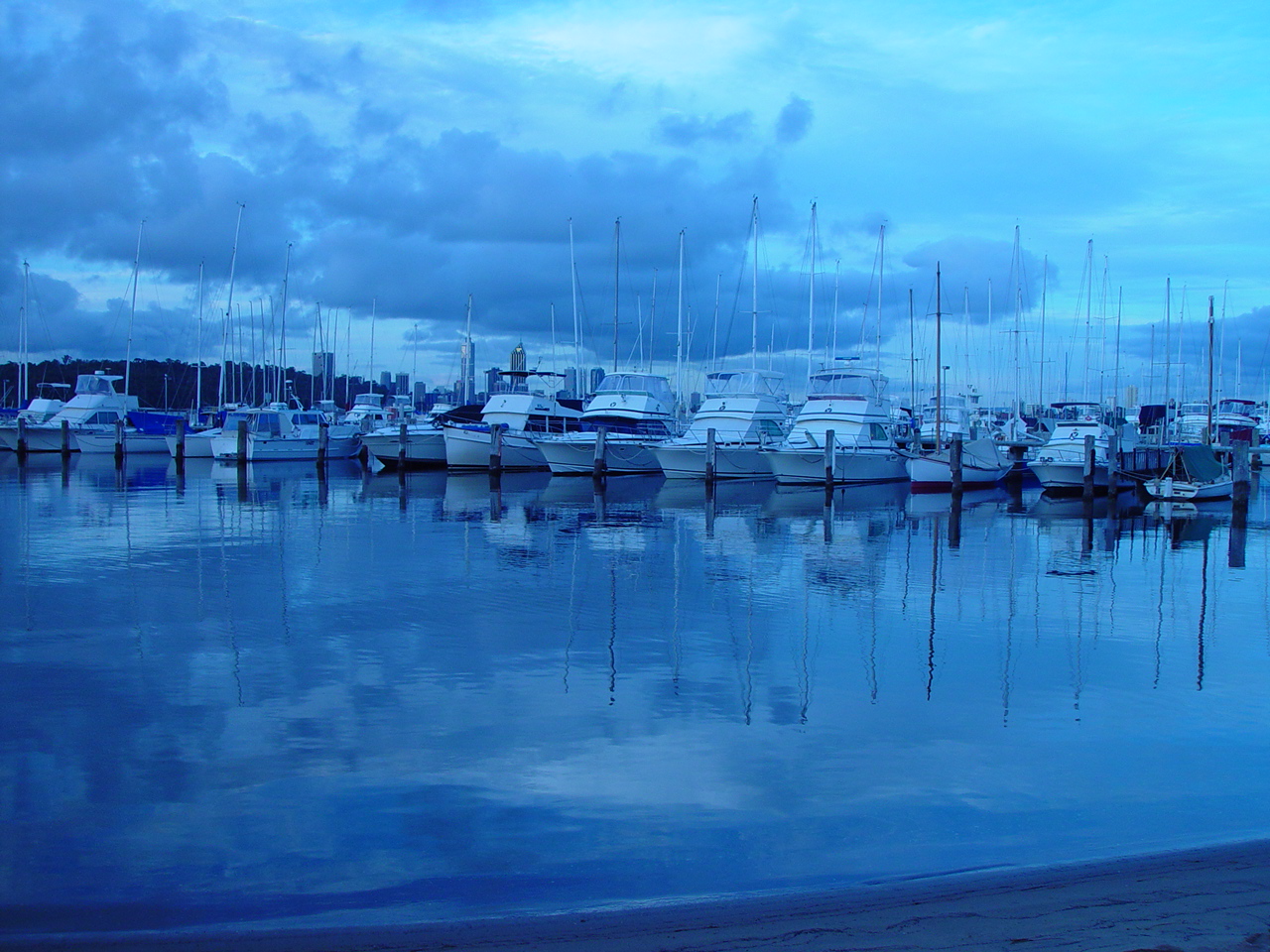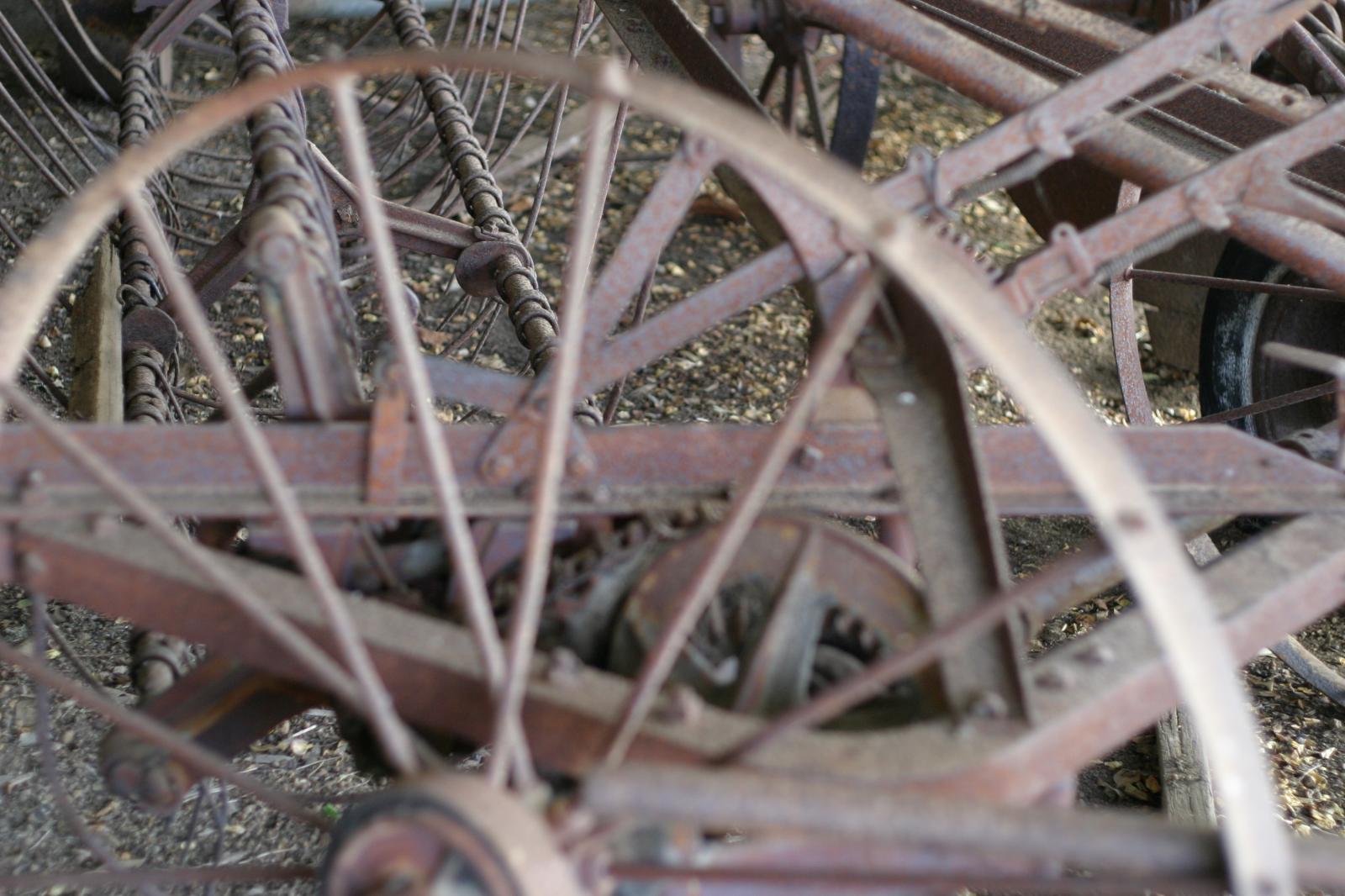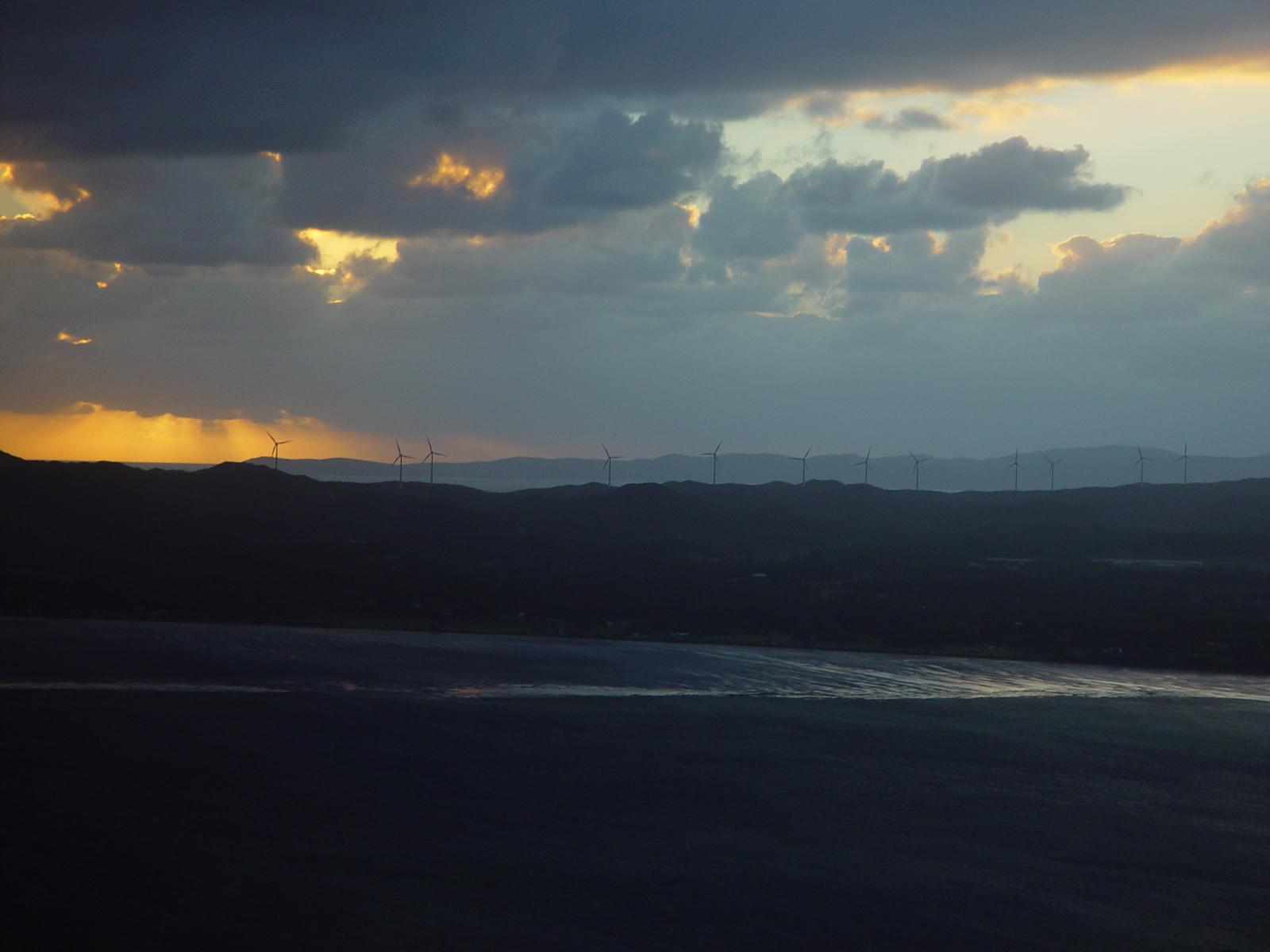
PLA soldier participates in a tactical shooting competition.
“Precise deployment of forces is an important part of winning future ‘informationized’ wars. Only by continuously improving the accuracy of the allocation of forces and use of firepower can we better unlock the full combat effectiveness of the troops, achieve functional integration and complement each other’s advantages.”
A brigade in northeastern China appears to be experimenting with new combat formations. In the accompanying excerpt from the People’s Liberation Army’s (PLA) newspaper PLA Daily, the unnamed brigade, which is under the 78th Group Army based in northeastern China, reallocated units down to the squad level to better suit mission requirements and terrain. Units under the 78th Group Army appear to have long been at the forefront of the PLA’s experimentation with, and transition to, combined arms battalions (See “New Type” PLA Units Emphasize Mobility, Joint Operations,” OE Watch, October 2018). In this exercise, the brigade testing the new formation was representing the blue team, or “enemy” force. This gave the red PLA force the chance to test itself against an unusual and more effective fighting force while experimenting with new ways of allocating forces. The “mixing and matching” method proved successful in both defensive and offensive scenarios during the exercise.
In the article, the blue team brigade leader notes that allocation of forces will be essential to prevail in “informationized” warfare characterized by high tempos and deep integration of sensors, communications, and precision fires. Modularity and organizational flexibility will be essential to bringing the maximum amount of combat power to bear while allowing quick responses to new threats. Currently, the PLA is quickly adopting new command systems and testing new formations and equipment to improve its proficiency in combined arms operations. (See “PLA Fields New Integrated Command Platforms, Improving Combined Arms Operations,” OE Watch, December 2021). While new equipment is arguably equally important, finding new ways to use existing or new formations, and adopting a mindset that would allow such innovation, may prove key in future conflicts.
Source:
Zhang Guangxuan [张光轩], “第78集团军某旅 ‘按需混编’ 精准释放战斗效能(Brigade under the 78th Group Army ‘Mixes’ Units Correctly to Release Full Combat Efficiency),” PLA Daily (official newspaper of the PLA), 11 February 2022.
http://www.mod.gov.cn/power/2022-02/11/content_4904656.htm
On the eve of the Spring Festival, a brigade of the 78th Group Army and a related unit conducted a realistic confrontation exercise. Acting as the opposing force, the brigade used an “on-demand mixing” method to organize its troops and firepower for combat operations instead of the static, pre-allocated method used before, which allowed the unit to optimize combat formations and improve the effectiveness of combat command.
“Precise deployment of forces is an important part of winning future ‘informationized’ wars. Only by continuously improving the accuracy of the allocation of forces and use of firepower can we better unlock the full combat effectiveness of the troops, achieve functional integration and complement each other’s advantages.” According to the brigade’s leader, in this exercise, the opposing force broke up existing units and instead reallocated each squad to a new ad hoc mixed unit to better suit the mission requirements and terrain. Each combat unit has a designated commander and deputy. Compared with the previous grouping method, this “on-demand mixing” mode enables more precise use of force and firepower and more efficient and efficient combat command.
At the exercise area, Zhang Peng, the commander of the opposing force, organized the force into 18 operational units after leading the battalion, company, and platoon commanders to conduct repeated surveys of the defensive positions before the battle. After the battle started, Zhang Peng directly ordered each operational unit to enter the fight in response to the attacking forces. Their reaction speed and the efficiency of the deployment of troops and firepower were significantly improved.
“The opponent’s reaction is too fast!” admitted the commander of the attacking team at the end of the exercise. “The main reason for the failure of our attack is that the opposing team was able to respond quickly, and the coordination of forces and fires is more effective.” In the following iteration of the exercise, the opposing force switched from defense to attack and again ‘mixed’ forces to suit the terrain and mission. The result of the new tactics was clear—another decisive win.
Image Information:
Image: PLA soldier participates in a tactical shooting competition.
Source: https://upload.wikimedia.org/wikipedia/commons/9/9a/PLA-TACSHOOTER2021.png
Attribution: CC BY 4.0









